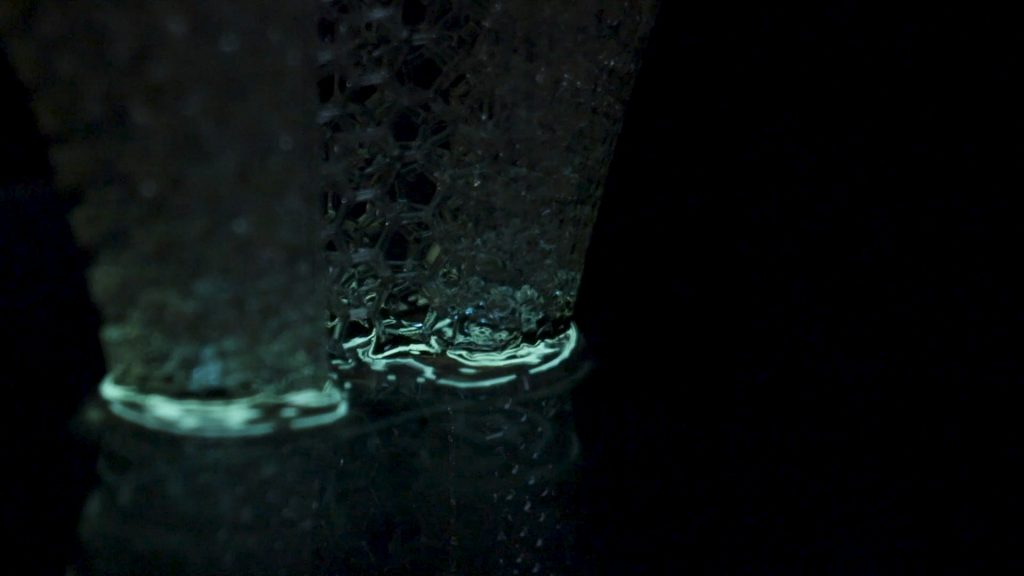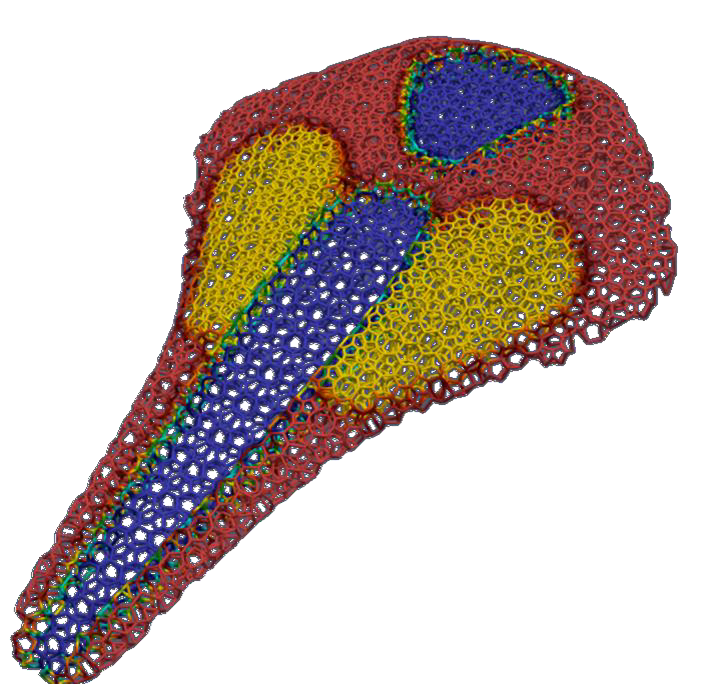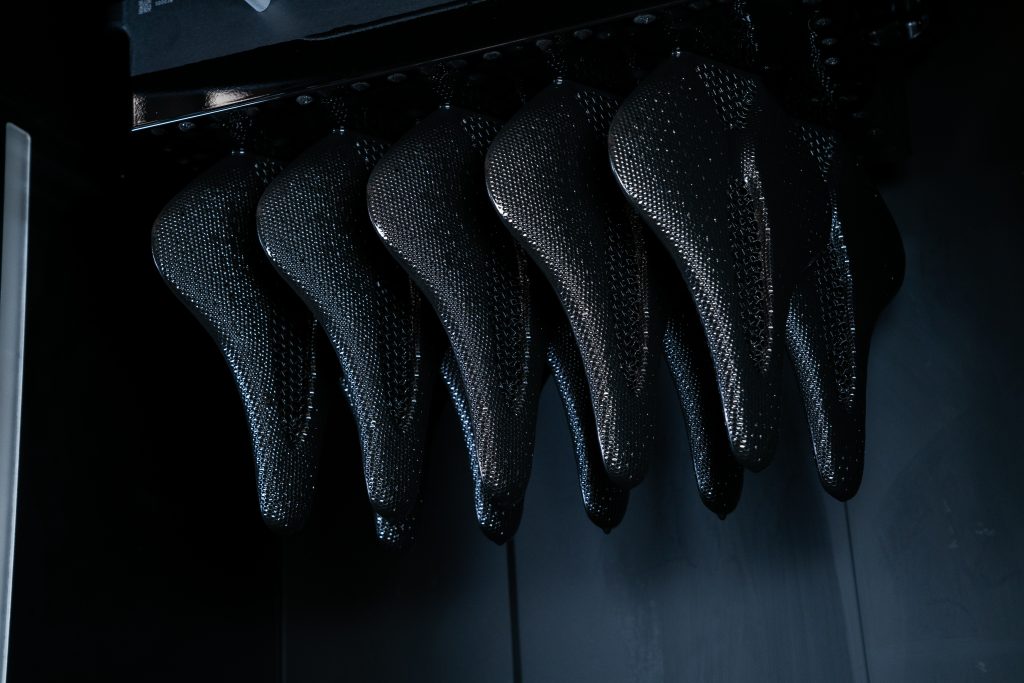Californian Digital Light Synthesis company Carbon has signed a 3D printed product partnership with leading U.S. bicycle manufacturer Specialized.
Named the “S-Works Power Saddle with Mirror Technology”, this bike seat is the latest in a line of applications that sees Carbon forging a role for 3D printing in the consumer products market. Each of these applications, including partnerships with adidas and Riddell, are now branded under the Crafted by Carbon™ name, deemed “a dedication and focus to crafting what you and our planet truly need.”
Speaking with Ananda Day, Program Manager at Carbon, 3D Printing Industry learns more about the company’s latest partnership, and its heavily consumer-driven focus.
Crafted by Carbon
Carbon’s consumer focus debuted with the inking of the FUTURECRAFT 4D 3D printed midsole partnership in 2017. Over the past two years, this partnership has grown to encompass the release of numerous different ADIDAS 4D shoes, including Y-3 edition and a pair made in collaboration with Japanese fashion designer Yohji Yamamoto.
Through unique material development and lattice-like design, ADIDAS 4D shoes integrate 3D printing for better comfort and impact resistance – features echoed in the follow-up consumer partnership with football gear specialist Riddell.
The SpeedFlex Precision Diamond helmet features a lining 3D printed on the Carbon L1 system. With head-scan data provided by Riddell, this padding can also be custom-fit to the wearer. Speaking at RAPID + TCT 2109, Riddell R&D Manager Vittorio Bologna said the company plans to roll-out Speedflex Precision technology to helmets used at all levels of competition, from junior to professional players.
Using internal latticework, the S-Works Power Saddle again offers improved performance in terms of comfort and pressure distribution. At the moment, the company is unable to confirm whether the saddle will be a one-off or part of a line of 3D printed bike saddles from Specialized, however, Day comments, “We can say that we were excited to partner with Specialized to create a breakthrough product that will be pivotal for the cycling community.”

Inside Specialized’s S-Works Power Saddle with Mirror Technology
The S-Works Power Saddle, like the Speedflex helmet padding, is 3D printed using a Carbon L1 3D printer workflow, including custom pre and post processing steps. Notably, the post processing step of the saddle does not include the use of solvents, and is instead done simply by post-curing. Being solvent-free, the seat is supportive of more eco-friendly production.

Material used to make the saddles is Carbon EPU 41 resin, dubbed “a production-grade elastomeric material” by the company, with the highest resilience and property retention of any of its other EPUs. It has a tear strength of 20 kN/m, up to 130% elongation at break and a glass transition temperature of -9°C.
The saddle’s internal lattice structure is composed of over 14,000 individual struts, each generated to dissipate the high pressure applied by riders when seated. The “Mirror Technology” aspect of the saddle refers to its ability to “reflect” a rider’s anatomy, i.e. provide form-fitting comfort.

Before reaching the final design for the S-Works saddle, Specialized and Carbon worked through 70 different iterations, over a period of 10 months. This is around half the development time it would usually take to produce a new bicycle seat.

Specialized has not yet release any recommended retail prices for the S-Works Power Saddle, nor are there any hints as the when it will be commercially available. Review samples, however, are expected to the delivered by the company to press in early 2020. When on the market, the saddle will be available in two widths, 143mm and 155mm.

Can 3D printed consumer products change the world?
Carbon’s partnership with adidas currently gives the sportswear giant exclusivity of 3D printed midsoles using the DLS platform. With regard to bike saddles, Carbon has said that it is working with other bike companies on the “value proposition of controlled compression” in the seats.
“One of the best things about digital manufacturing is its potential to impact product design, development, and logistics,” concludes Ananda, speaking generally of Carbon’s position in relation to consumer products. “Carbon already has partnered with several consumer brands, like adidas and Riddell, and we’re looking forward to see how our unique offering of hardware, software, and materials can continue to help companies deliver breakthrough products that improve human well-being, transform industries, and ultimately change the world.”

For more on the latest 3D printed consumer applications subscribe to our newsletter, follow us on Twitter, and like us on Facebook.
Find talent for a project, or advance your career in 3D printing – join 3D Printing Jobs to apply and advertise.
Featured image shows detail the S-Works Power Saddle with Mirror Technology. Photo via Carbon



